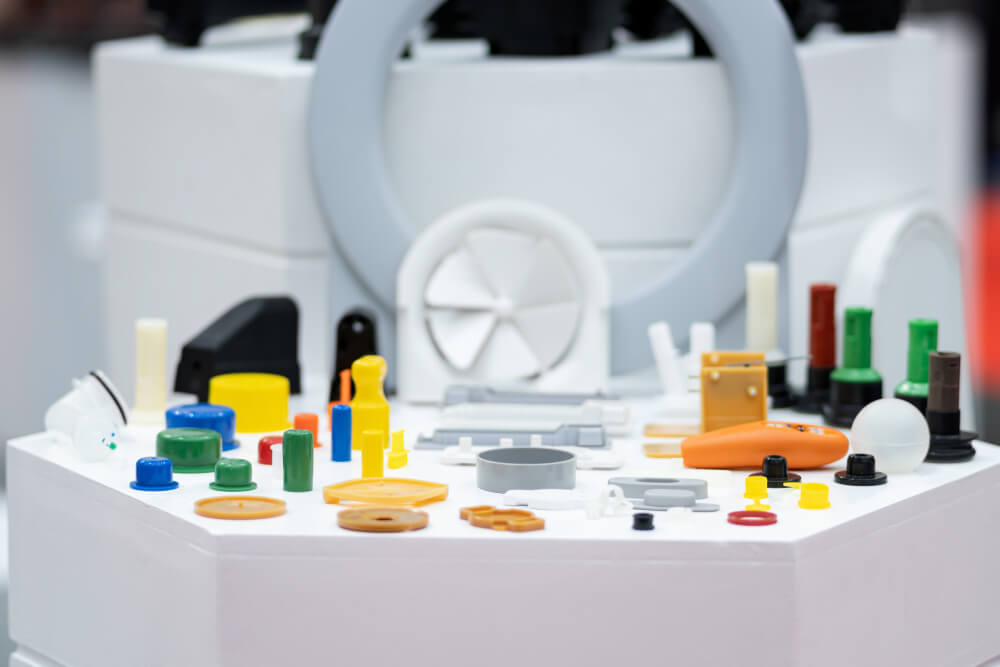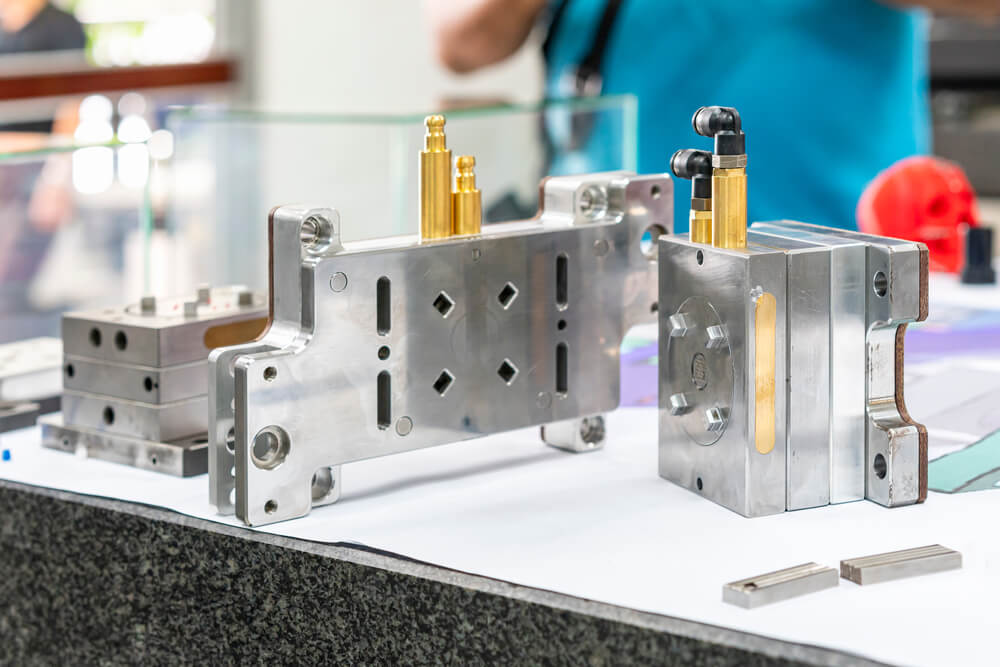Like any production process, plastic injection molding manufacturing can have problems and faults. Short shots, often known as "shorts," are one of the most typical quality concerns when the final product is incomplete because the mold did not entirely fill. This article will examine the most frequent causes of this issue and how plastics manufacturers can troubleshoot short shots to maintain high-quality and lean production.
What Are Short Shot Defects?
A "short shot," as the name suggests, occurs when the mold-forming filling stops before the mold chamber is fully filled with the melt, leaving holes or thin sections and producing a defective product.
These holes frequently appear around the borders of the finished product or in areas where the mold wall is typically thin—these areas are the last places a mold would commonly fill.
What Causes Short Shots in Injection Molding?
Short shots are one of the most frequent problems with plastic injection molding. There are numerous causes of them, but the primary ones are improper injection pressure and speed, including uncontrolled pressure loss brought on by resistance.
Short Shot Defects Due to Material Selection
Manufacturers can immediately notice that the choice of material affects the flow or movement of the molten plastic inside the mold chamber in the mold cavity because it is a recurring factor in many problems.
The most frequent cause of failure to fill the mold is the appearance of something that interferes with the flow, and one of the leading candidates for flow issues is the type of plastic polymer itself.
The production line might have a resin with a high viscosity measured by the Melt Flow Index (MFI), depending on the chosen material. MFI is a good starting point, even though it may not tell the complete story since there are two other factors of concern that may also be involved.
Therefore, beyond the choosing material, better control of mold and melt temperatures also aids in enhancing plastic flow. Flying Tiger offers a range of mold temperature controllers that help you achieve just that.
Short Shot Defects Due to Mold Design
Flow restrictions, hesitation of flow, and inadequate venting are all common short-shot defects due to inadequate mold design.
Flow restrictions often come from the positioning, dimensions of runners and their gates, and how the molten plastic is poured into the mold.
The imbalanced flow in each cavity of a multi-cavity mold can generate local short shots. But when the injection molding machine's capacity is adequate, this defect is primarily brought on by the uneven flow in each gate or the uneven distribution of the mold cavities.
In plastic injection molding, a flow hesitation occurs when the flow slows down or stops due to variations in mold thickness. Inconsistent mold thickness causes the flow range of the melt to be too broad and its flow resistance to be excessive.
Nozzles, sprues, runners, gates, and thin product walls are among the parts that could obstruct melt flow. By raising the nozzle's diameter and temperature, besides utilizing a nozzle with a low flow resistance, the flow resistance of the nozzle can drop to the desired level.
Another potential reason is that the vacuum condition is not suitable for molds—Molds require a place for displaced air to escape, or they will develop air traps or poor venting.
Poor venting happens when air is trapped during filling the cavity, creating counterpressure. When the melt is first injected into the hollow, under most circumstances, it immediately seals the cavity, trapping air in the remaining local spaces.
Additionally, because the filling speed is excessively high, chances are that there is insufficient time to release the air via the separating surface.
Therefore, it is squeezed instead, leaving some partially empty spaces in the cavity and shortening the shot of the molded item. To remove the air, the process must have vents built or ejection pins installed.

Short Shot Defects with Molding Machines
The secret to effective manufacturing and preventing either flow or pressure concerns is to match the right part with the proper molding machine.
For instance, an oversized machine may have trouble controlling pressure if the shot size is less than 25% of its capacity, whereas an undersized machine will not have enough pressure or ram speed.
Meanwhile, the barrel and mold wall should be heated to prevent the molded plastic from cooling too quickly.
Overall, it is crucial to comprehend the various varieties of plastic injection molding equipment and how varying sizes and types might be beneficial.
Troubleshooting Short Shots in Injection Molding
There are a variety of tools, procedures, and materials available for manufacturers to avoid short-shot defects. Four of the most tried-and-tested remedies are listed below:
- Increase the mold temperature to allow the melt to reach the end of the cavity before solidifying to eliminate such defects. Using a well-designed mold temperature controller can help stabilize the temperature. In such a case, adding a resin with better fluidity, coupled with appropriate gate positioning can serve as an effective solution to improve flowability.
- Follow the principle of uniform wall thickness in mold design. If maintaining a uniform wall thickness is impossible, consider changing the mold design accordingly in a timely manner to ensure that trapped gas can properly expel. Also, increase the number of runners or ribs in areas where the filling is tough to avoid underfill defects due to too-thin wall thickness.
- Choose a low-viscosity plastic or higher-flow resin as much as possible—they are more likely to fill up hard-to-reach deep holes. Always verify that the fill stage setting is corresponding to the setup sheet matching the material type.
- Complete the fill and pack out the component with sufficient pressure. If there is insufficient fill volume, the pack pressure will be unable to complete the fill-up mold process. Because during the pack and hold phase, as the viscosity of the material increases (inferring thicker plastic), it becomes tougher to push and transmit the plastic pressure to the end of the cavity. Therefore, in this circumstance, it is vital to have a relatively high pack and hold pressure.
Produce Defect-free Injection Molding Parts with Flying Tiger
Overall, several factors can lead to the occurrence of short-shot defects, and they all have mutually limiting and influencing effects. Manufacturers must consider how these factors relate to one another, in order to devise a solution to reduce and correct short-shot defects. Note that It is often an ongoing process of monitoring and reviewing.
With many accumulated years of experience with numerous domestic and foreign clients, Flying Tiger is confident in assisting corporate customers in quickly identifying the cause of short shots and other injection molding defects, thereby assisting in cutting down on resource waste and boosting product yield.
Consult Flying Tiger today if your business is looking for a partner to co-create reliable, high-quality manufacturing outputs.
Back







